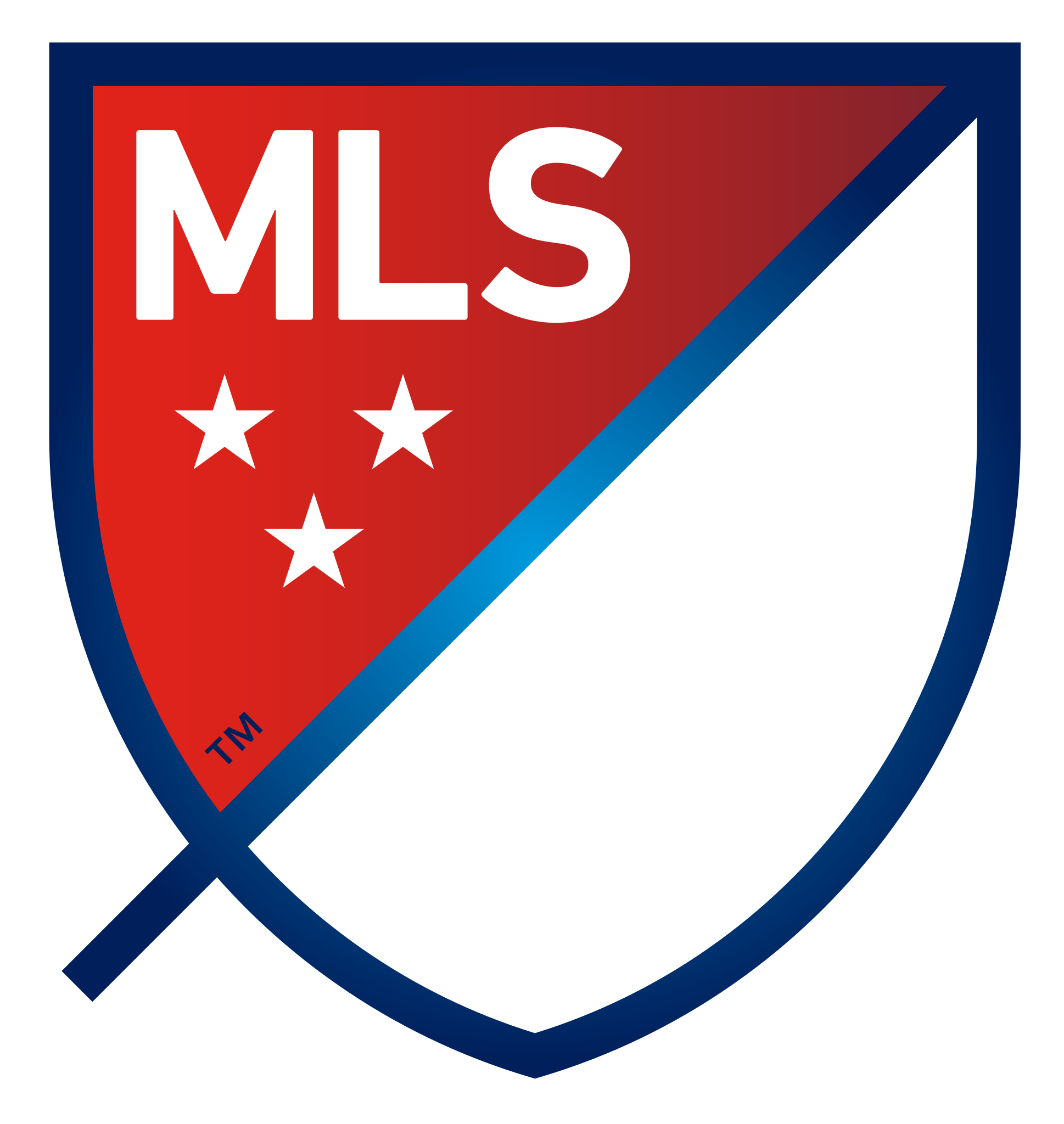United States men’s national soccer team
FIFA Ranking: 20
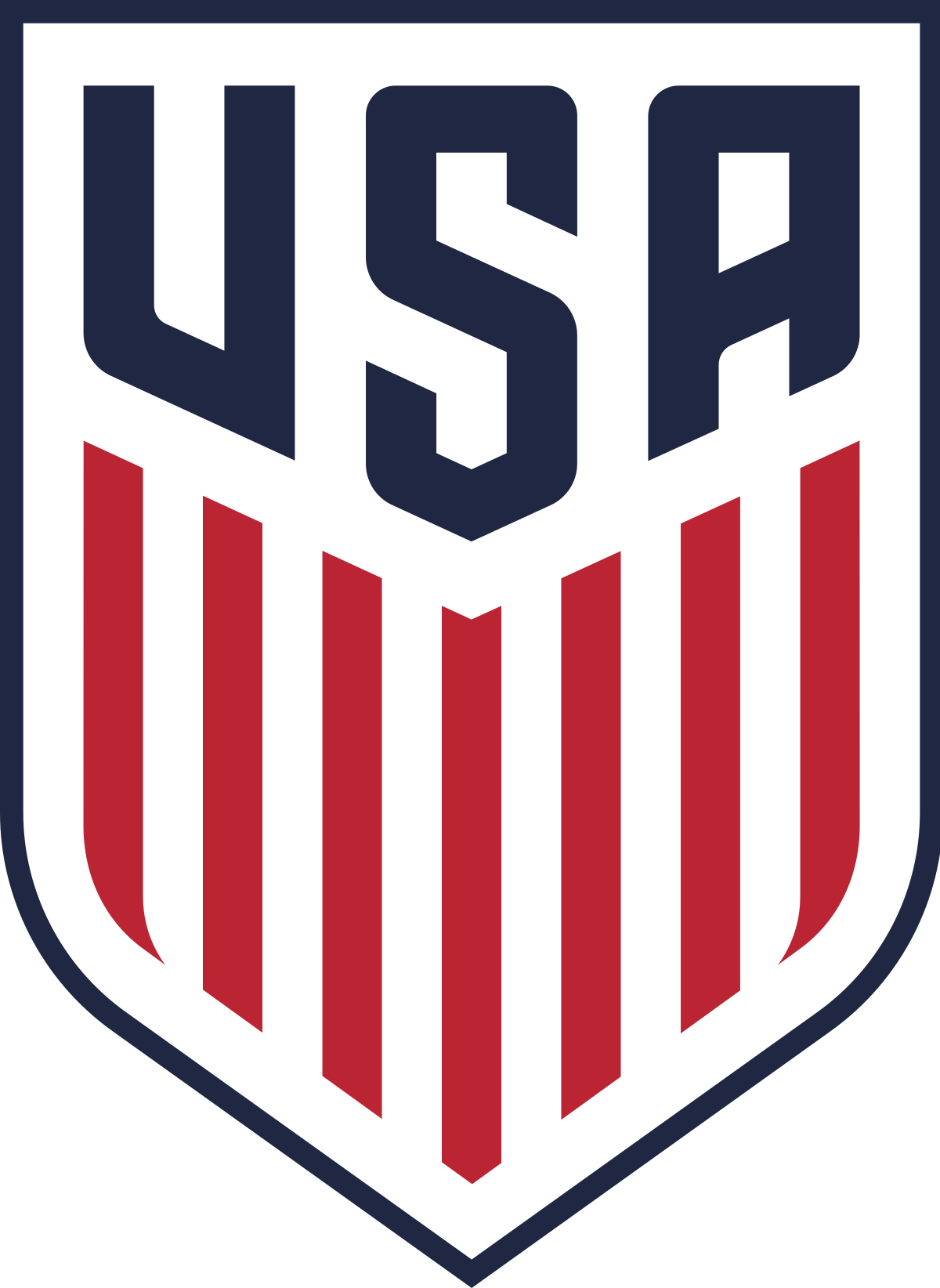
GOVERNING BODY:-
United States Soccer Federation (USSF)
HOME STADIUMS:-
112 venues in 29 states and the District of Columbia
COACH:-
Gregg Berhalter
MOST CAPPED PLAYER:-
Cobi Jones (164 appearances)
TOP SCORER:-
Clint Dempsey, Landon Donovan (57 goals)
STAR PLAYERS:-
Christian Pulisic, Sergino Dest, Weston McKinnie, Zack Steffen, Giovanni Reyna
NICKNAMES:-
The Stars and Stripes, The Yanks
RIVALS:-
Mexico
Canada
Costa Rica
WORLD CUP:-
Appearances: 10
Best Result: 3rd (1930)
CONCACAF:-
Appearances: 17
Best Result: Champions (1991, 2002, 2005, 2007, 2013, 2017)
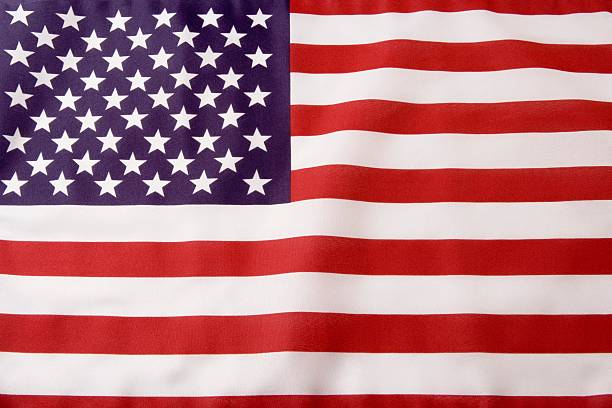
The United States men’s national soccer team (USMNT) represents the United States of America in men’s international soccer competitions.
The team is controlled by the United States Soccer Federation and is a member of FIFA and CONCACAF.
The team has appeared in ten FIFA World Cups, including the first in 1930, where they reached the semi-finals. The U.S. participated in the 1934 and 1950 World Cups, winning 1–0 against England in the latter.
After 1950, the U.S. did not qualify for the World Cup until 1990. The U.S. hosted the 1994 World Cup, where they lost to Brazil in the round of sixteen.
They qualified for five more consecutive World Cups after 1994 (for a total of seven straight appearances, a feat shared with only seven other nations), becoming one of the tournament’s regular competitors and often advancing to the knockout stage.
The U.S. reached the quarter-finals of the 2002 World Cup, where they lost to Germany. In the 2009 Confederations Cup, they eliminated top-ranked Spain in the semi-finals before losing to Brazil in the final, their only appearance in the final of a major intercontinental tournament.
United States will co-host the 2026 FIFA World Cup along with Canada and Mexico.
The U.S. also competes in continental tournaments, including the CONCACAF Gold Cup and Copa América.
The U.S. won six Gold Cups, and has achieved a fourth-place finish in two Copa Américas, including the 2016 edition.
The team’s head coach is Gregg Berhalter, since November 29, 2018. Earnie Stewart is the team’s General Manager since August 1, 2018.
Soccer in the USA
Soccer in the United States is run by different organizations. The United States Soccer Federation governs most levels of soccer in the country, including the national teams, professional leagues, and amateur leagues.
The NCAA governs colleges and the National Federation of State High School Associations governs schools. The match regulations are generally the same between the three governing bodies although there are many subtle differences.
In 2017, Gallup reported that soccer was the third-most watched team sport in the U.S., behind only basketball and American football.
The popularity of the sport in the U.S. has been growing since the 1960s and 1970s and received a significant boost when the United States hosted the 1994 FIFA World Cup and 1999 FIFA Women’s World Cup.
It is the fourth most popular sport in the United States behind American football, baseball, and basketball, and is the second fastest growing sport in America, surpassed only by lacrosse.
The highest-level men’s professional soccer league in the U.S. is Major League Soccer. MLS began play in 1996 with 10 teams and has grown to 27 teams (24 in the United States and 3 in Canada), with further expansion planned to 30 teams.
MLS is currently the largest first division professional soccer league in the world. The MLS season runs from February to November, with the regular-season winner awarded the Supporters’ Shield and the post-season winner awarded the MLS Cup.
With an average attendance of over 20,000 per game, MLS has the third highest average attendance of any sports league in the U.S. after the National Football League (NFL) and Major League Baseball (MLB), and is the seventh highest attended professional soccer league worldwide.
The first women’s professional soccer league in the U.S. formed after the success of the 1999 Women’s World Cup. The Women’s United Soccer Association (WUSA) ran from 2001–2003 and featured many of the World Cup stars, including Mia Hamm, Michelle Akers and Brandi Chastain. Its successor Women’s Professional Soccer (WPS) ran from 2009–2012.
Currently, the National Women’s Soccer League (NWSL) is the top professional league in the country and was formed in 2012. The NWSL season runs from spring to early fall (typically April – October).
U.S. soccer fans also follow the U.S. national teams in international competition. The 2015 FIFA Women’s World Cup Final drew a record 26.7 million viewers, greater than final games of the 2014 World Series or the 2015 NBA Finals, and the 2010 Men’s World Cup final drew 26.5 million viewers.
The women’s national team has won four Women’s World Cup titles and four gold medals at the Summer Olympics and the men’s national team played in every World Cup from 1990 to 2014.
United States soccer league system
The United States soccer league system is a series of professional and amateur soccer leagues based, in whole or in part, in the United States.
Sometimes called the American soccer pyramid, teams and leagues are not linked by the system of promotion and relegation typical in soccer elsewhere.
Instead, the United States Soccer Federation (USSF) defines professional leagues in three levels, called divisions, with all other leagues sanctioned by the USSF not having an official designated level or division.
For practical and historical reasons, some teams from Bermuda, Canada, and Puerto Rico (considered a separate country by FIFA) can also compete in these leagues.
However, these teams are not eligible for the U.S. Open Cup and cannot represent the United States in the CONCACAF Champions League because they are not affiliated with U.S. Soccer.
Structure
No professional league in any of the major pro sports leagues in the U.S. or Canada, including the professional soccer leagues, currently uses a system of promotion and relegation.
The country’s governing body for the sport, the United States Soccer Federation (also known as the USSF or U.S. Soccer), oversees the league system and is responsible for sanctioning professional leagues.
The leagues themselves are responsible for admitting and administering individual teams. Amateur soccer in the United States is regulated by the United States Adult Soccer Association (USASA), the only amateur soccer organization sanctioned by the USSF.
Automatic promotion and relegation between its leagues, as exists in many other national league systems, was considered by United Soccer League, but was never implemented; although voluntary promotion and relegation has occurred.
Some amateur leagues sanctioned by the USASA also use promotion and relegation systems within multiple levels of their leagues. However, there has never been a merit-based promotion system offered to the USASA’s “national” leagues, the NPSL and League Two.
College soccer in the United States is sanctioned by bodies outside the direct control of the USSF, the most important of which is the National Collegiate Athletic Association (NCAA).
See NCAA Division I women’s soccer programs, NCAA Division I men’s soccer programs, and NCAA Division II men’s soccer programs for a list of college soccer programs in the United States.
The standards for Division I, II and III leagues are set by the USSF.
Leagues
Division I – Major League Soccer (MLS)
Major League Soccer (MLS) is a men’s professional soccer league sanctioned by the United States Soccer Federation, which represents the sport’s highest level in the United States and Canada.
The league comprises 27 teams—24 in the U.S. and 3 in Canada—and plans to expand to 30 teams by the 2023 season.
MLS constitutes one of the major professional sports leagues in the United States and Canada.
The league is headquartered in Midtown Manhattan.
Division II – USL Championship
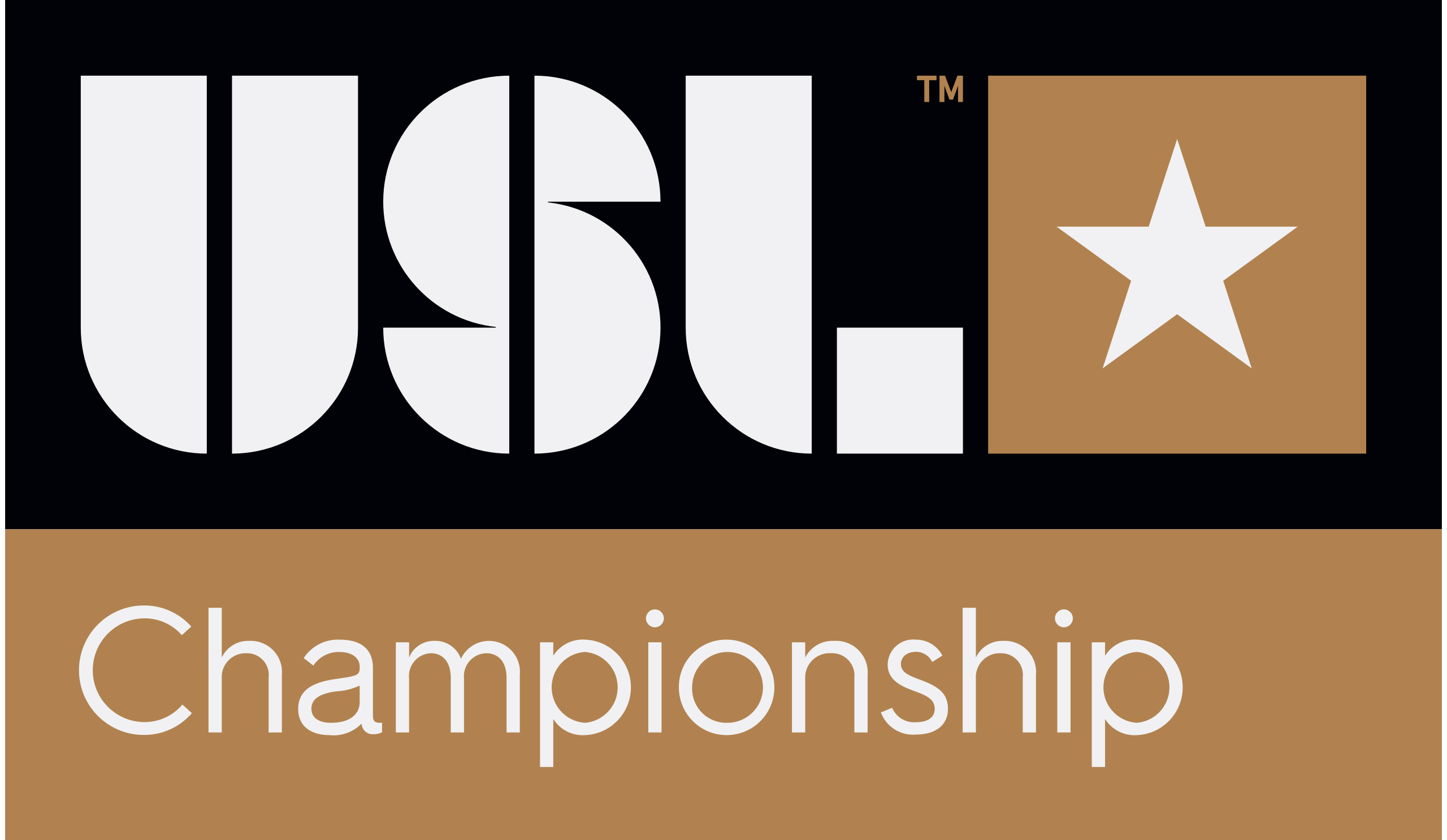
The USL Championship (USLC) is a professional men’s soccer league in the United States that began its inaugural season in 2011.
The USL is sanctioned by the United States Soccer Federation (U.S. Soccer) as a Division II Professional League since 2017, placing it under Major League Soccer (Division I) in the hierarchy.
The USL is headquartered in Tampa, Florida.
The league is owned and operated by United Soccer League (originally “United Soccer Leagues”) and was formed as result of the merger of their USL First (USL-1) and Second Divisions (USL-2), following the controversial 2010 season which saw neither the USL-1 nor the North American Soccer League (NASL) receive Division II sanctioning from the USSF, resulting in the temporary USSF Division 2 Pro League.
Division III
USL League One
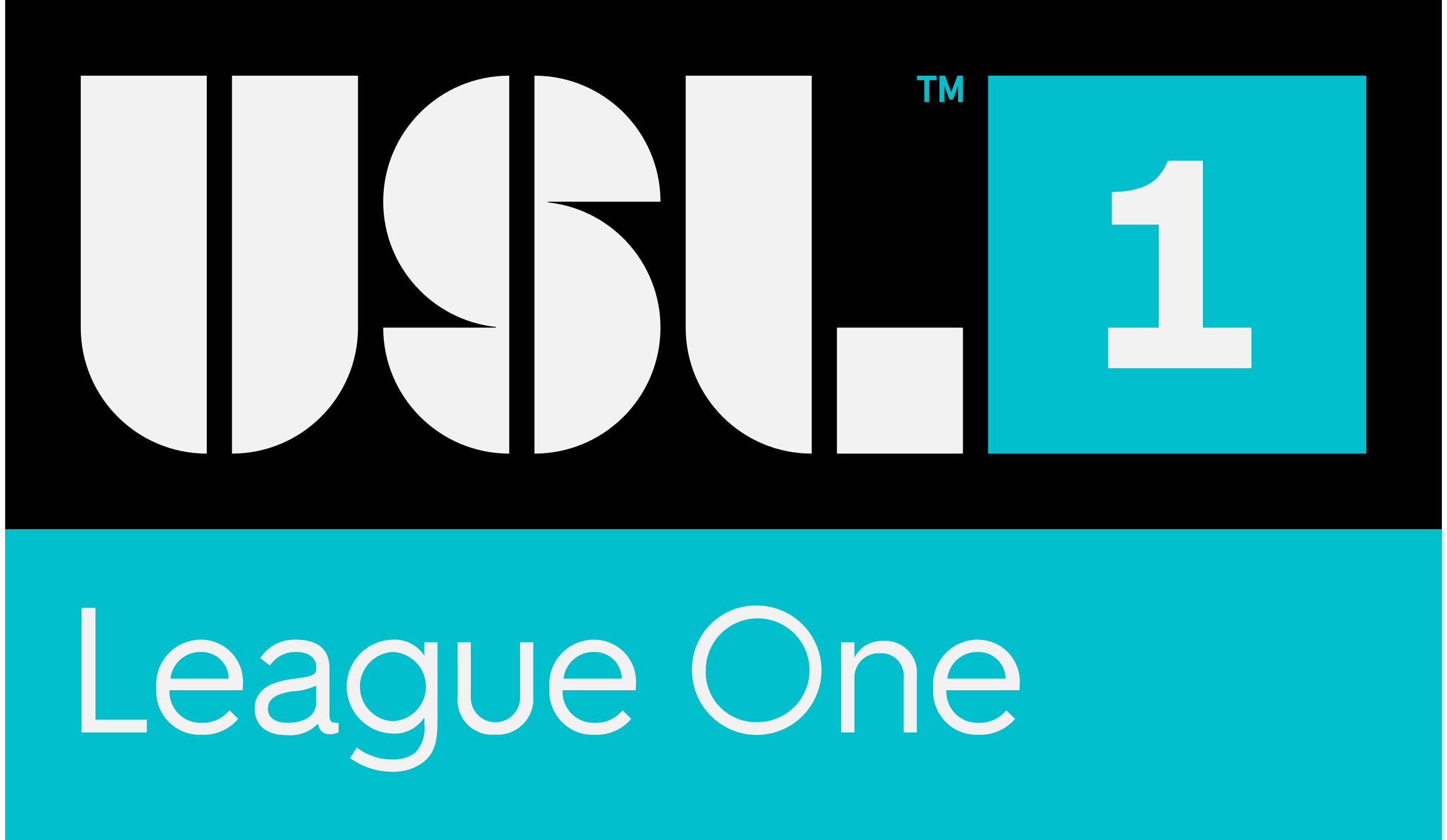
USL League One (USL1) is a professional men’s soccer league in the United States and Canada that began its inaugural season in 2019.
United Soccer League announced the formation of the league on April 2, 2017, with the temporary name USL Division III (USL D3).
The league is targeting cities with a population of 150,000 to one million, mostly in cities currently without a professional team.
National Independent Soccer Association (NISA)
 The National Independent Soccer Association (NISA) is a professional men’s soccer league in the United States.
The National Independent Soccer Association (NISA) is a professional men’s soccer league in the United States.
The league is in the third tier of American soccer and began play in 2019.
On June 6, 2017, it was announced that the newly formed National Independent Soccer Association would begin play in 2018 targeting an initial 8 to 10 teams, later revised to 8 to 12 teams.
Initially, the league outlined plans to introduce a promotion/relegation system, once they reach their goal of 24 teams, the first in US professional soccer and in doing so act as a feeder league to the North American Soccer League (NASL).
However, the NASL ceased operations prior to those plans being implemented.

